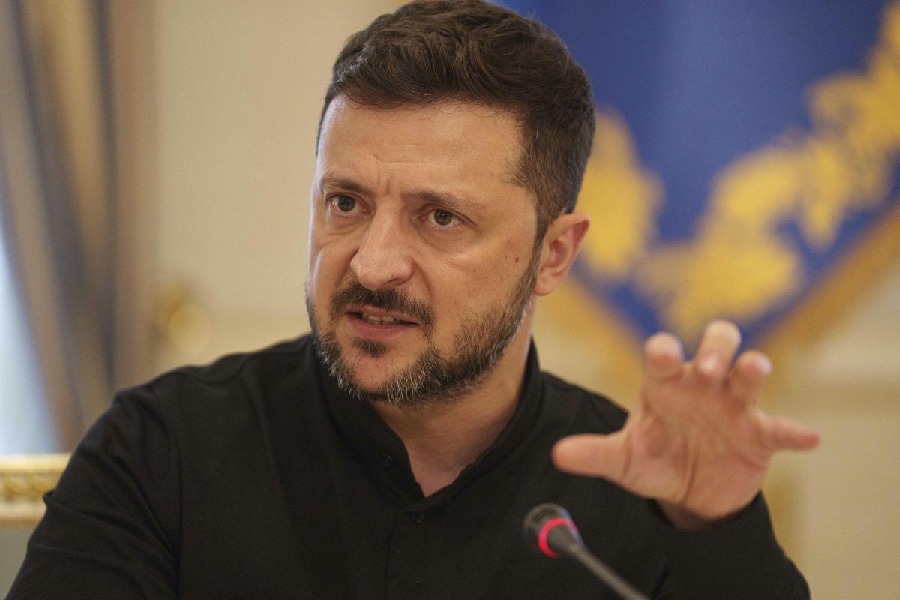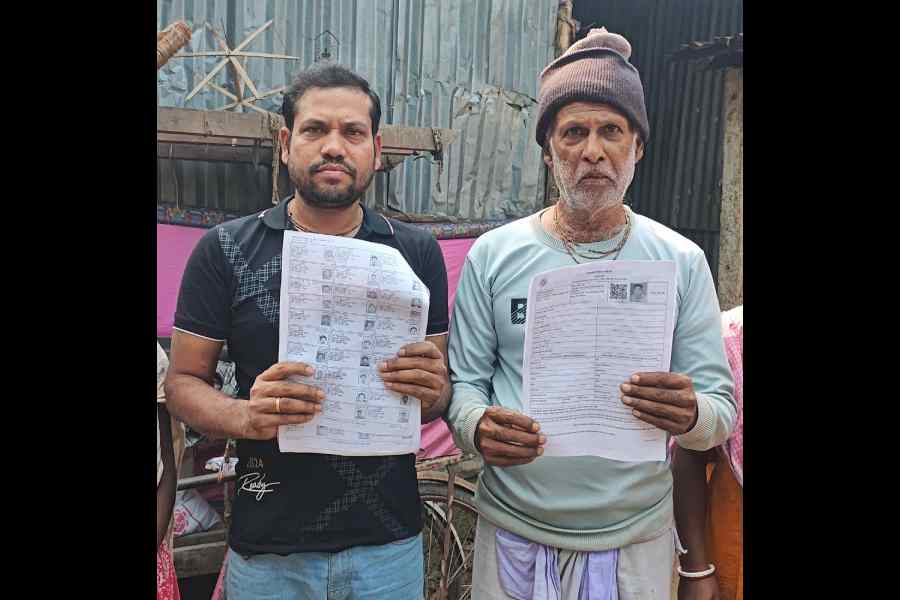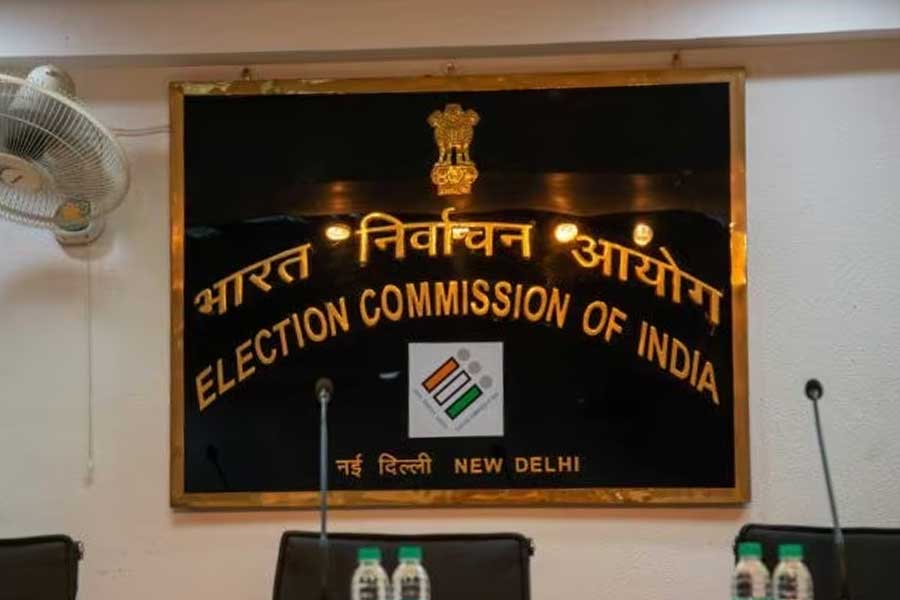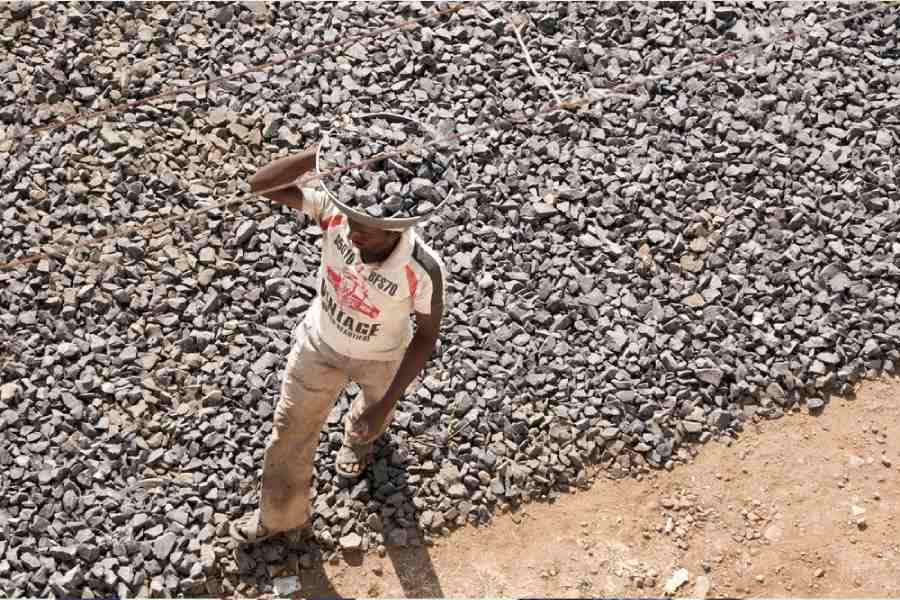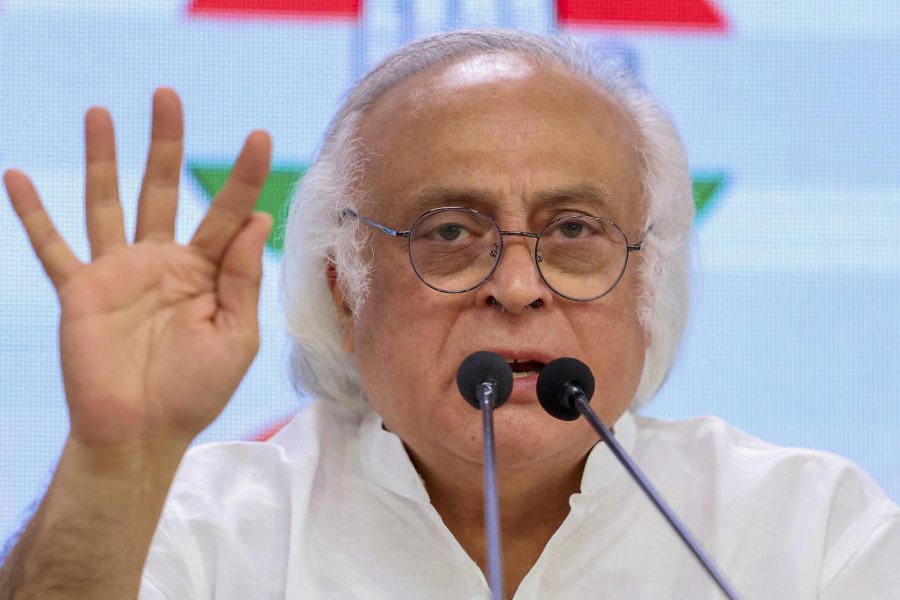For President Donald Trump, the map of Ukraine on an easel in the Oval Office had an obvious message. Russia has taken a big chunk of territory in an eastern region known as the Donbas. That territory was gone. Ukraine needed to make a deal to get peace, or it risked losing more.
For President Volodymyr Zelensky of Ukraine, the map, displayed at a meeting on Monday with the two Presidents and European leaders, presented a far more complicated picture. This was not a business deal or a poker game. This was personal.
Away from the cameras, he told Trump that his grandfather had fought in World War II to free the cities of the Donbas from the Nazis. He could not just give it up.
On Wednesday, hours after he returned to Kyiv, Zelensky reiterated the point.
“There were many such families” who fought to free the Donbas, Zelensky told reporters. “Many fell and many were wounded. And I explained that this is a particularly painful moment in our history and a particularly painful part of life in Ukraine. It is not as simple as it may appear to some.”
It is not clear where exactly the recent flurry of diplomacy spearheaded by Trump to end the deadliest war in Europe since World War II will lead. But the Donbas will be at the centre of any negotiations.
The Donbas is where much of this war has been fought. Tens of thousands of soldiers on both sides have died there for the smallest of gains. Russia is now trying to seize the last 6,475sqkm of the Donbas still under Ukrainian control.
President Vladimir V. Putin of Russia has demanded that Ukraine give up all of the Donbas. His demand includes even the part run by Kyiv, where more than 200,000 Ukrainians live in cities like Kramatorsk and Sloviansk, places Zelensky’s grandfather fought to defend.
For years, Putin has tried to use the Donbas to manipulate the Ukrainian government. Before invading, he exploited a Russian-backed insurgency in the region as a wedge against Ukraine’s hopes to join Western organisations like Nato. And now, in the fourth year of this war, he wants to not just seize the Donbas, but to use it to politically torpedo Zelensky, analysts said.
Most Ukrainians still oppose ceding any territory to Russia, polls show, and the Ukrainian Constitution prohibits surrendering it. Zelensky faces the choice of either supporting something unpopular with Ukrainians or risking Trump’s ire.
“It is a poison pill,” said Vadym Prystaiko, a former foreign affairs minister. “Ukraine will have to swallow it and then we’ll see how Ukraine will digest it.”
Former Ukrainian officials and political analysts said the only way Zelensky could convince Ukrainians to cede territory would be to deliver an American-backed security guarantee. That has eluded Ukraine since Trump ruled out Nato membership.
But the guarantee would have to be strong, with some mixture of European troops and US air support, for example, that would deter Russia from future attacks.
Balazs Jarabik, a former political adviser for the European Union in Kyiv, said Ukraine may have reached a point where it could accept ceding territory “for a peace deal which brings Western security guarantees for Ukraine”. He added: “If in exchange, it should get rid of the Donbas, I think it would.”
Trump has framed these territorial concessions as “land swaps”, suggesting that Russia might return some territory, possibly small slivers of land in northeastern Ukraine.
The Trump administration believes “that these land swaps are really beneficial for Ukraine because they believe Donbas will fall soon, and then Ukraine will have no cards to negotiate further”, said Maksym Skrypchenko, the president of the Transatlantic Dialogue Centre, a research group in Kyiv.
Ukrainians see it differently, he added. Russia’s advance in the region has been slow over the past three years. Giving up the rest of the Donbas now would also mean handing over cities and fortifications that could help Russia begin a future invasion.
New York Times News Service

